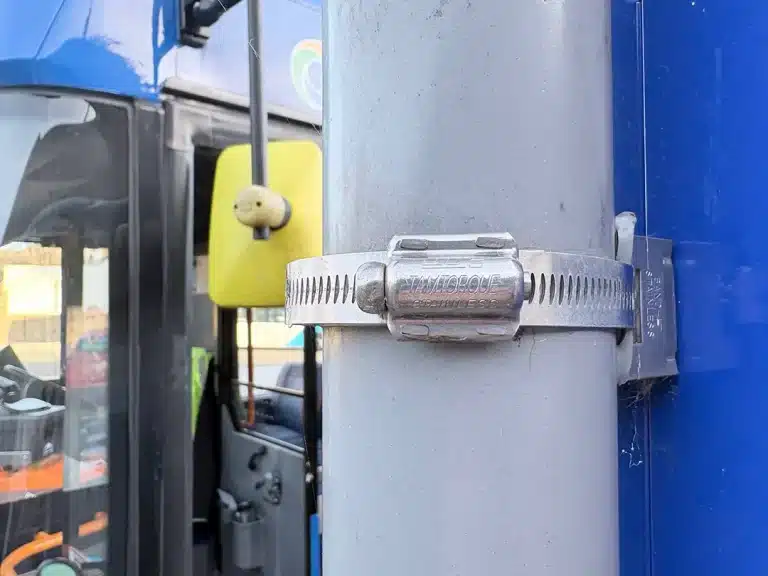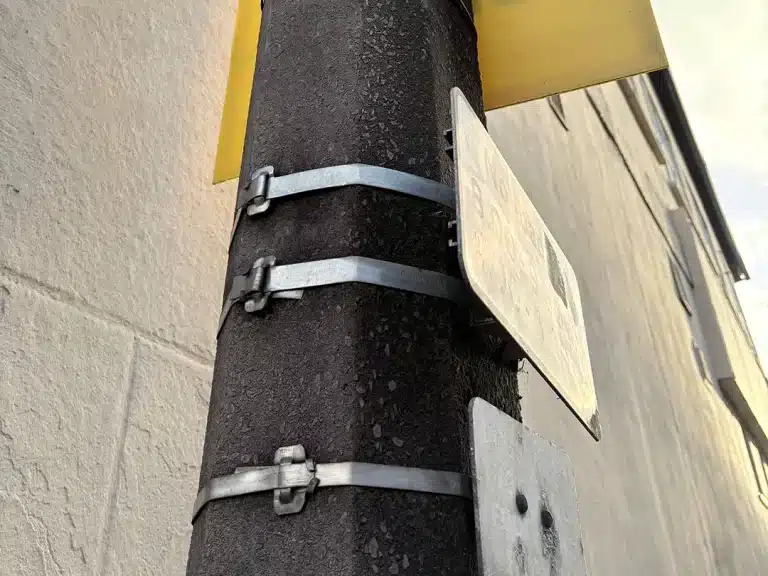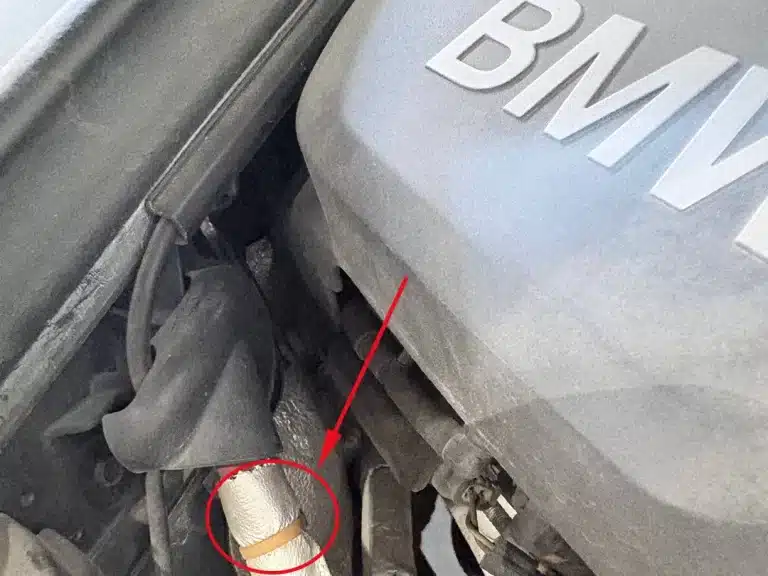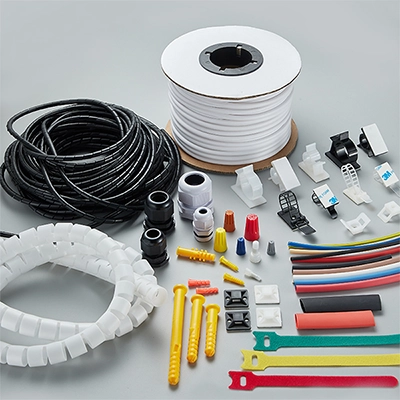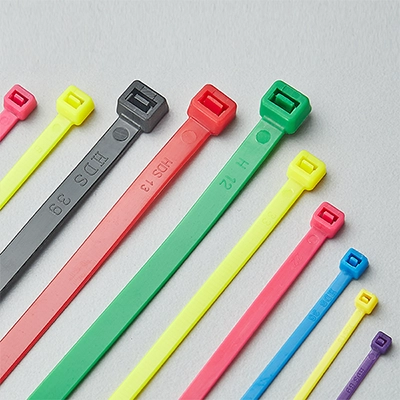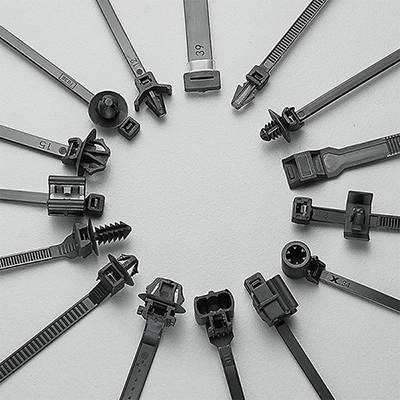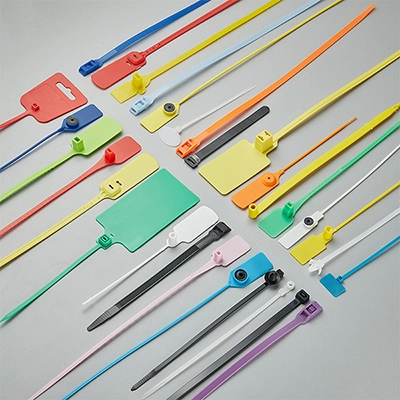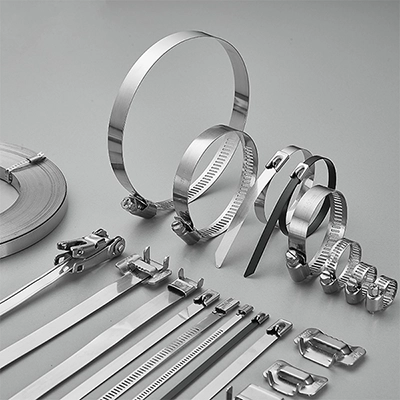How to connect zip ties to make longer? You must have asked ever. Well, if you’re tasked with bundling a pile of cables or other items, a zip tie is indeed your go-to tool. However, in certain cases – let’s say, you’re dealing with a large bundle of cables and a single zip tie doesn’t handle it. Additionally, you might not have longer cable ties readily available. That’s when you need to connect two or more zip ties together to meet your immediate needs.
How to Use Cable Tie
First, you can thread it around the items you’re bundling.
Next, simply loop the cable tie around the cables or other items and insert the pointed end into the head of the tie, which contains a ratchet mechanism.
Once threaded, you can then pull on the tail, adjusting the tightness to your specific needs. The aim is to ensure the tie is firm but not overly tight, thereby preventing potential damage to the bundled items.
As a final step, the internal ratchet within the tie’s head locks it into place, guaranteeing that the tie stays securely fastened and won’t unintentionally loosen.
How to Connect Zip Ties to Make Longer
Here’s a step-by-step guide on how to connect two or more zip ties together:
Preparation: Ensure Consistency
It’s crucial to make sure that the zip ties you are about to connect are of the same specification, that is, they share the same width and thickness. Because the cable ties of the same width and thickness will have a uniform strength. This ensures that when force is applied, it is distributed evenly across all ties, reducing the likelihood of any single tie-breaking.
Step 1: Connection
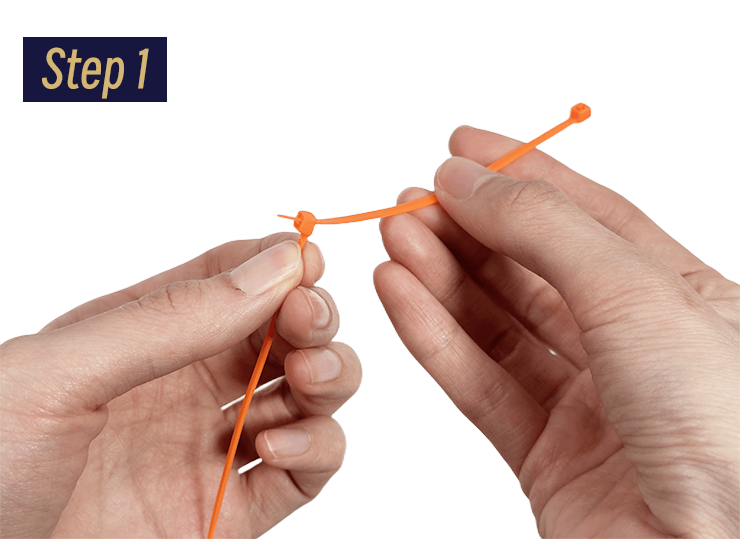
Insert the tail end of one cable tie into the head of another. Be sure to insert it far enough so that the ratchet mechanism in the head of the first cable tie can securely engage with the ridges on the strap of the second tie. But remember, don’t insert too much to avoid reducing the effective bundling length of the cable tie.
Step 2: Repetition
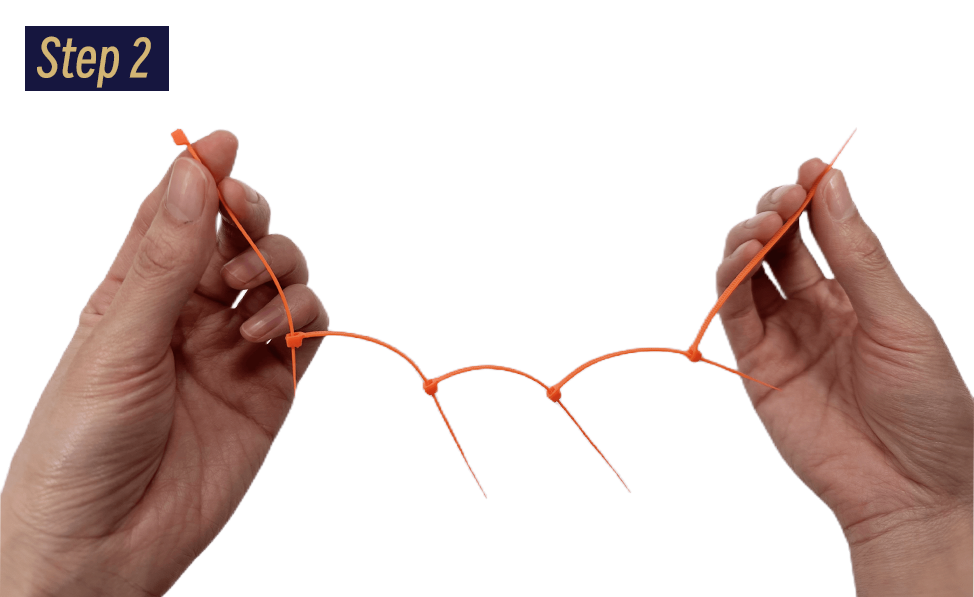
Repeat the process outlined in Step 2 until you have assembled as many zip ties as you need to achieve the required length for your bundling needs.
Step 3: Apply
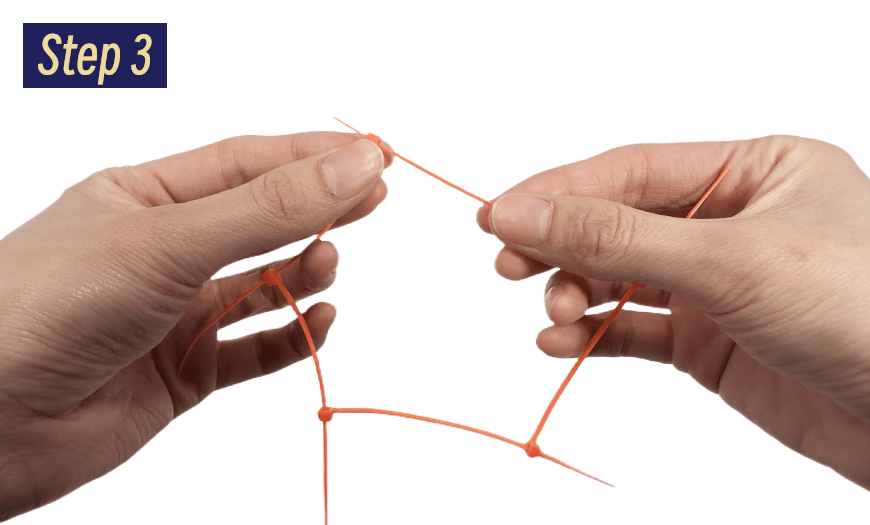
Now, wrap the connected cable ties around the items you want to bundle together.
Step 4: Final Connection
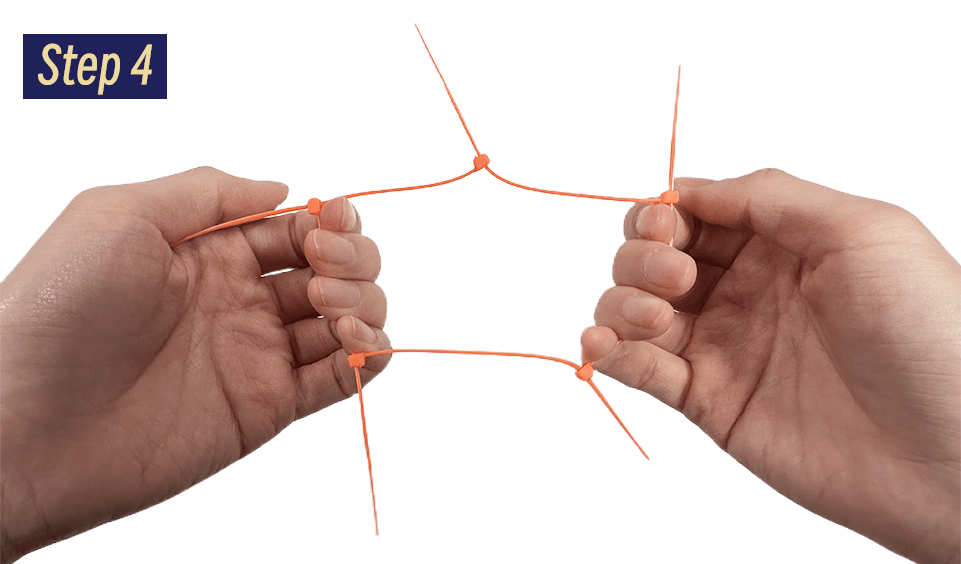
Just like when using a single tie, thread the tail end of the final tie into the head of the first one, form a loop, and then pull it tight.
And there you have it! Now that we’ve gone over the steps on how to connect zip ties to make longer, wouldn’t it be great to see it in the video? Here we go!
Kind Reminding
NIKE Plastic would like to remind you that when combining two or more cable ties to form a longer cable tie, the overall tensile strength of the tie will be reduced. In simpler terms, the resulting longer tie will have a decreased pulling force.
This is because the head part of a cable tie is the weakest section of the cable tie. When an overload of pulling force is applied, the locking mechanism inside the head of the tie may break. Therefore, if you’re using multiple cable ties to bundle heavier cables or wires together, you’re creating multiple weak points which increase the risk of overall breakage.
Suggestion
We suggest that if you need to secure heavier cables or wires, a single longer, heavy-duty zip tie might be more reliable and safe than a chain of connected zip ties. However, if you’re only securing lightweight items, connecting multiple ties in a chain should work just fine.
As a professional cable-tie manufacturer, Nike Plastic can provide zip ties up to 60 inches long (1500mm), and bundling diameters up to 450mm. In addition, we can customize longer, wider heavy-duty zip ties according to your needs. For detailed cable-tie sizes, please refer to our Standard Nylon Cable Ties.
Conclusion
In conclusion, when connecting cable ties, it’s important to ensure not only that the connected ties are of the same size, but also that you carefully consider the actual use case of them. If you chain multiple zip ties together, you might be decreasing the overall tensile strength of them, which increases the risk of breakage.
Whether you choose to use a single long tie or chain multiple ties together, always ensure that they can securely hold your objects to avoid any potential dangers or losses due to loosening.

